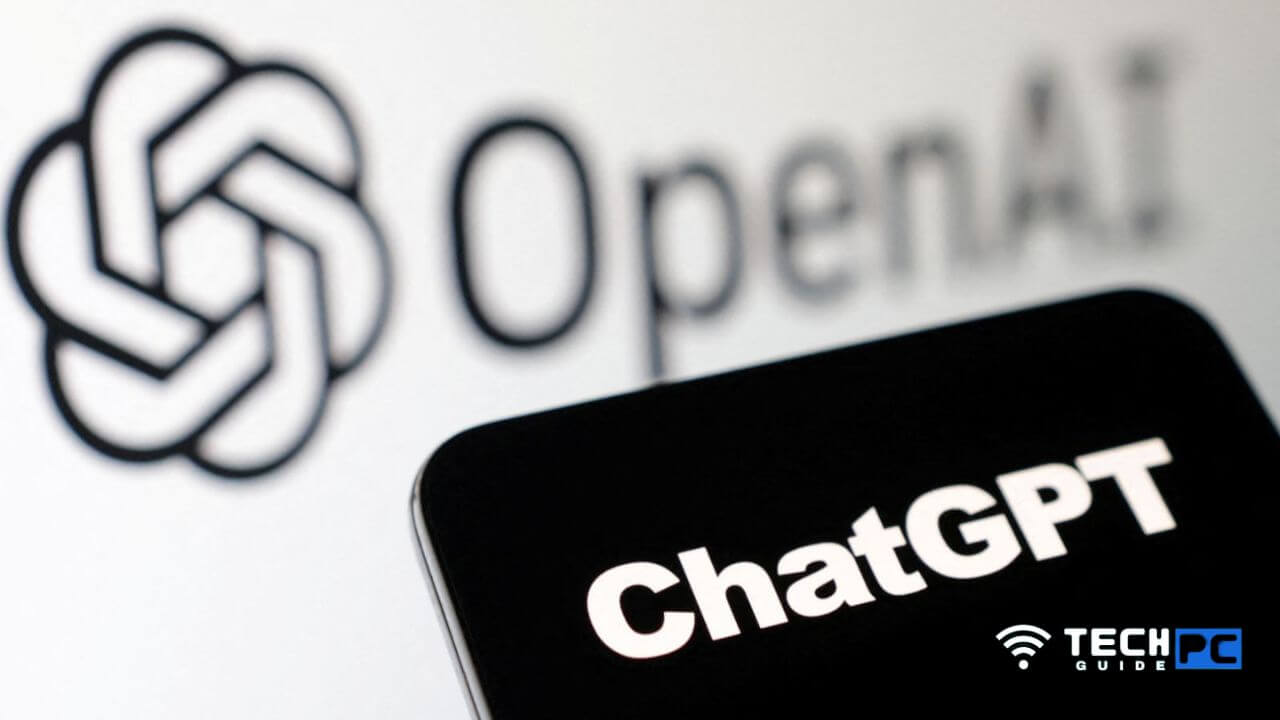ChatGPT in Education How AI Language Models Are Changing the Classroom
Artificial intelligence (AI) language models, such as GPT-3, are changing how we think about education. These models are designed to process and generate language with accuracy and complexity comparable to human language. As a result, they have the option to transform the way that we teach and learn.
In this article, we will analyze how AI language models are used in the classroom, the benefits and challenges associated with their use, and the role ChatGPT can play in defining rules for domain-specific languages (DSL).
AI Language Models in the Classroom
AI language models are being used in various ways in the classroom. One of the most common uses is to provide feedback on written work. For example, students can submit an essay or a research paper to an AI language model and receive feedback on their grammar, spelling, and overall coherence. Additionally, AI language models can generate summaries of complex texts, provide language translations, and conversationally answer questions.
While there are many benefits to using AI language models in the classroom, there are also some challenges and concerns. One problem is the potential for bias in the data used to train these models. Another concern is the risk of overreliance on AI language models, which could decrease critical thinking and writing skills.
AI Language Models for Language Learning
AI language models are also being used to teach language. One of the most popular tools is the chatbot, which can engage students in conversations in a target language. Additionally, AI language models can provide pronunciation, grammar, and syntax feedback. Language learning apps also use AI language models to create personalized learning experiences.
While AI language models have shown promise in language learning, their effectiveness has some limitations. For example, AI language models may need help to provide contextually appropriate responses or to recognize the non-standard or dialectical language. Additionally, AI language models may need help to provide the nuanced feedback that a human language teacher can provide.
AI Language Models for Content Creation
AI language models are also being used to create educational content. One of the most common uses is to generate summaries or paraphrases of complex texts. AI language models can also create multiple-choice questions or quizzes and explain complicated concepts. Additionally, AI language models can create educational videos or interactive simulations.
While there are some uses for using AI language models for content creation, there are also some potential risks. For example, there is a risk that the content generated by AI language models may be biased or inaccurate. Additionally, there is a risk that the content may be too simplistic or formulaic and may not challenge students to think critically.
Ethics and Accountability in AI-Language Models
As with any technology, ethical considerations surround using AI language models in education. One of the main concerns is the potential for bias in the data used to train these models. Additionally, there is a concern that AI language models may perpetuate existing inequalities, particularly regarding access to technology.
To ensure the ethical and accountable use of AI language models, there are several best practices that educators can follow. For example, educators should be transparent about the use of AI language models. They should provide students with opportunities to reflect on their use. Additionally, educators should be mindful of AI language models’ potential biases and limitations. They should supplement their use with other forms of instruction.
The Role of ChatGPT in Defining Rules for DSL
Domain-specific languages (DSLs) are specialized programming languages designed to solve problems in specific domains. For example, a DSL might be intended to create graphics or analyze data. While DSLs have many advantages, they can also be difficult for non-experts.
This is where ChatGPT comes in. ChatGPT can be used to define DSL rules, making them more accessible and user-friendly. For example, ChatGPT can create natural language interfaces for DSLs, allowing non-experts to interact with them more intuitively. Additionally, ChatGPT can provide context-specific guidance and feedback to users, helping them use DSLs more effectively.
Conclusion
In conclusion, AI language models are changing how we think about education. They have the potential to provide personalized learning experiences, automate tasks such as grading, and create educational content. However, their use also raises ethical and accountability concerns, and there are limitations to their effectiveness.
The role of ChatGPT in defining rules for DSLs is one way that AI language models can be used to make education more accessible and user-friendly. By creating natural language interfaces and providing context-specific guidance, ChatGPT can help non-experts to use DSLs effectively.
As AI language models continue to evolve, it is essential for educators to be mindful of their benefits and limitations and to use them in ways that are ethical and accountable. Ultimately, the goal should be to use AI language models to enhance, rather than replace, the expertise and creativity of human educators.
FAQs
What are AI language models, and how are they used in education?
AI language models are machine learning algorithms that can understand and generate human language. In education, they are used in various ways, such as providing personalized learning experiences, automating tasks such as grading, and creating educational content.
What are some potential benefits of using AI language models in education?
AI language models can improve learning outcomes by providing personalized feedback and support, automating time-consuming tasks such as grading, and creating engaging educational content. They can also help to make education more accessible and inclusive for learners with diverse needs.
What are some potential risks or limitations of using AI language models in education?
Some potential risks of using AI language models in education include perpetuating biases, reducing the role of human educators, and diminishing the value of creativity and critical thinking. Additionally, the quality and accuracy of AI-generated content can vary widely depending on the training data and algorithms used.
How can educators ensure that their use of AI language models is ethical and accountable?
Educators can ensure that their use of AI language models is ethical and accountable by being transparent about their service, being mindful of potential biases and limitations, and involving learners and other stakeholders in designing and implementing AI-based educational tools.
What is the role of ChatGPT in defining rules for domain-specific languages (DSLs), and how can it be used in education?
ChatGPT can define DSL rules, making them more accessible and user-friendly. For example, it can be used to create natural language interfaces for DSLs, allowing non-experts to interact with them more intuitively. Additionally, ChatGPT can provide context-specific guidance and feedback to users, helping them use DSLs more effectively. In education, this can help to make specialized knowledge and skills more accessible to learners with diverse backgrounds and interests.







